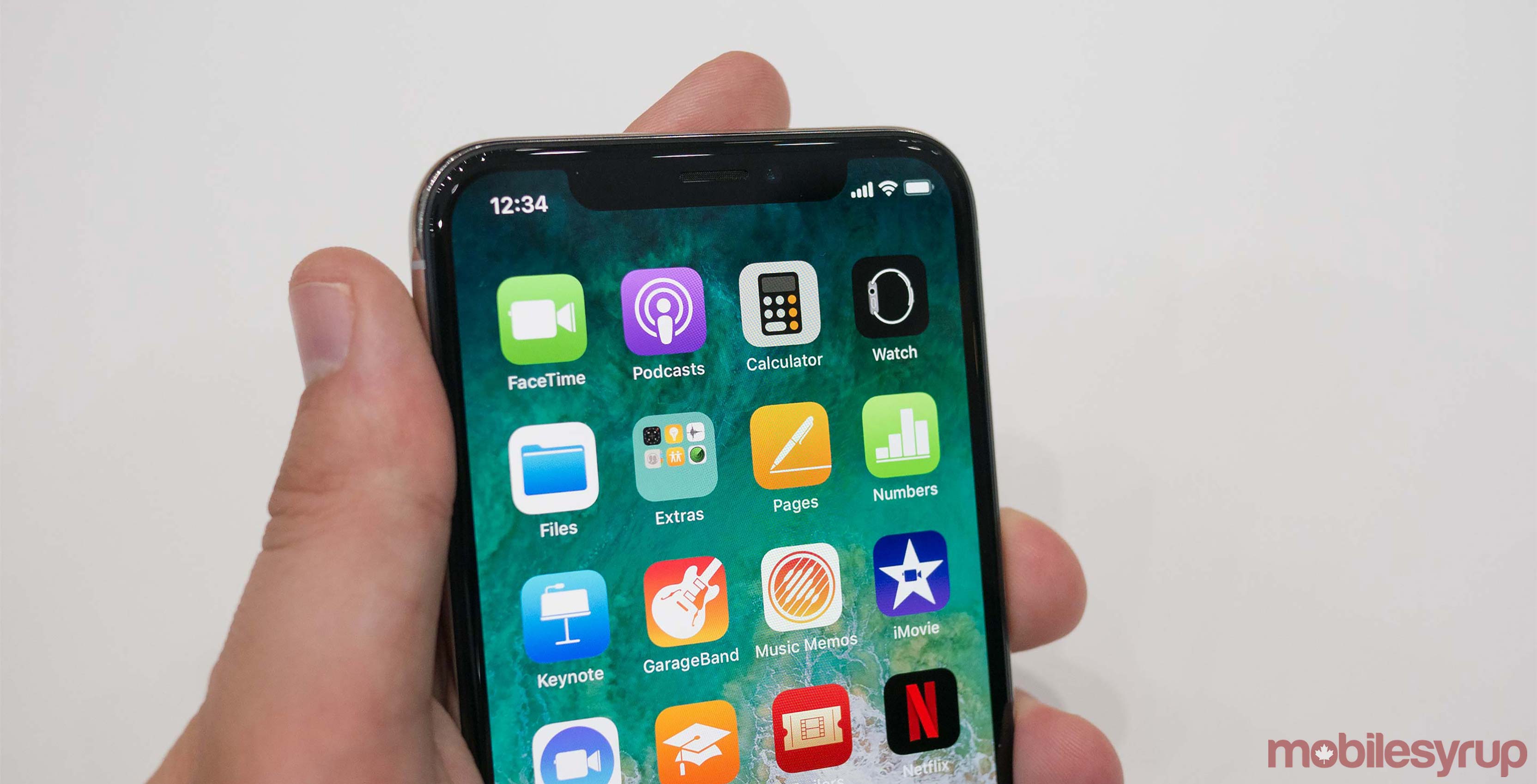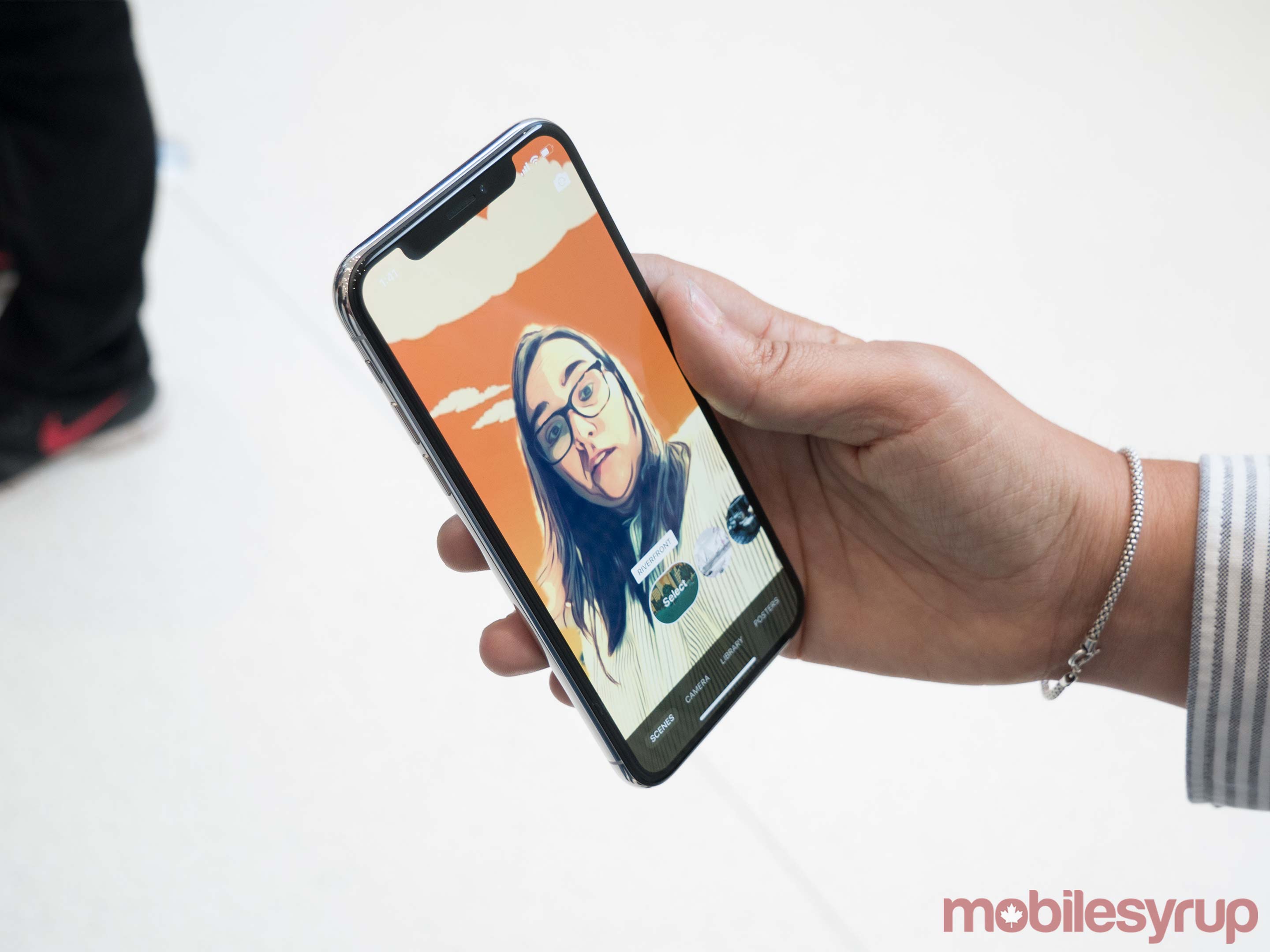
Apple has launched an updated privacy page that positions security, as well as privacy, as a consumer-facing feature offered by its suite of products.
The tech giant began its efforts to reposition the concept of privacy back in 2014, but the launch of this new and dedicated privacy page is the most substantial example of how Apple views security as a major feature of its devices.
Apple explains how it keeps users’ information safe, why the company places an emphasis on security and a concept it refers to as ‘differential privacy,’ a feature that allows Apple to only view data about users in aggregate, meaning that it can only glean information from what large groups are doing and not individual users.
The page also discusses other encryption tools utilized by Apple, such as how each of its apps operate in a self-contained silo, as well as Face ID, the company’s new facial recognition software that will launch alongside the iPhone X.
Finally, the new privacy page also includes tips for improved security, though most of the suggestions are simple and range from suggesting iPhone and iPad users utilize a complex password coupled with Touch ID, to turning on two-factor authentication.
Apple’s focus on security has come under scrutiny since the reveal of the iPhone X and the device’s facial recognition Face ID technology. It’s worth pointing out that the iPhone X isn’t currently included in Apple’s privacy page in detail since the company yet to release the smartphone to consumers.
The privacy page, however, does reveal more information about how Face ID works via a technical paper. Over the course of six surprisingly easy to understand pages, Apple details the various privacy and security measures built into its new proprietary facial recognition technology, placing an emphasis on the fact that all Face ID data is stored on-device and never uploaded to the cloud.

Interestingly, once the user has scanned their face through Face ID, the authentication platform will occasionally pull more images from successful logins, with these new pictures of your face being periodically incorporated into the initial facial image used to set up the feature. This is how Face ID will still authenticate the user when they’re wearing glasses or if they grow a beard, says Apple.
The company also details how Face ID can be turned off by pressing the side buttons on the iPhone X in order to put the device in shutdown mode, which then requires a passcode to unlock the device. Additionally, Apple Pay requires users to ‘confirm intent’ by double-clicking the phone’s sleep button, before a payment terminal is able to read the device following a successful Face ID authentication attempt. If this process sounds less intuitive than using Apple Pay with Touch ID, or even Android Pay, you’re not the only one to think this way.
Finally, Apple claims that the probability of an incorrect Face ID match is 1 in 1,000,000 versus 1 in 50,000 for Touch ID.
There are still a number of unanswered questions about Face ID, with how the software performs out in the wild under less than ideal lighting conditions being one of the more significant ones.
We’ll have more on the iPhone X and Face ID in the coming weeks. For more information about the iPhone X, check out our hands-on with the phone.
Source: Apple
MobileSyrup may earn a commission from purchases made via our links, which helps fund the journalism we provide free on our website. These links do not influence our editorial content. Support us here.


